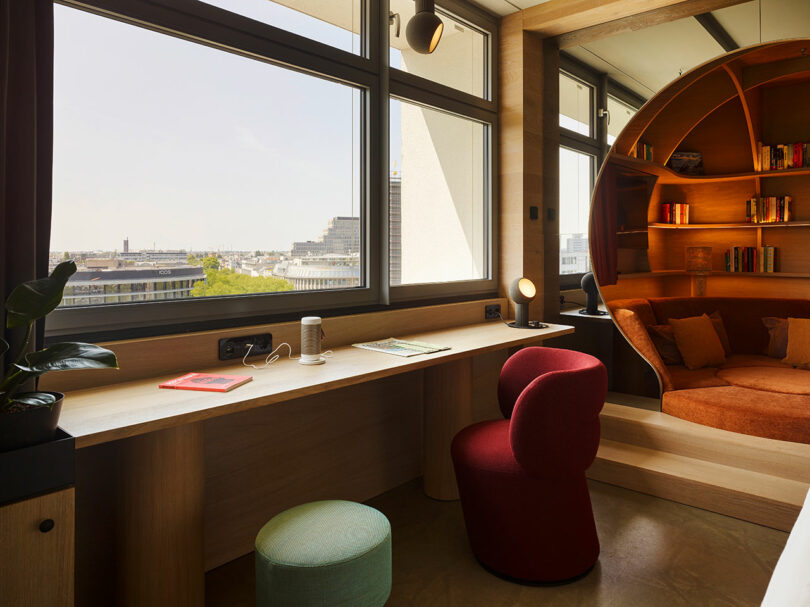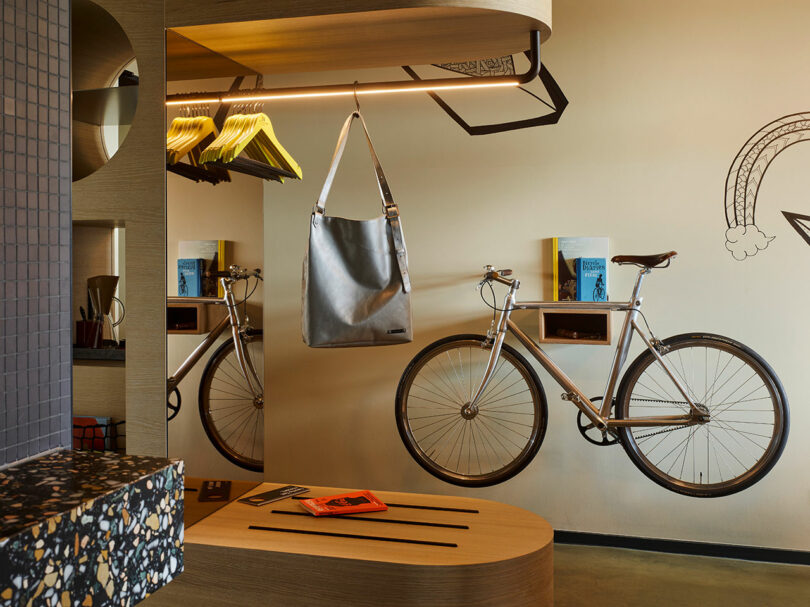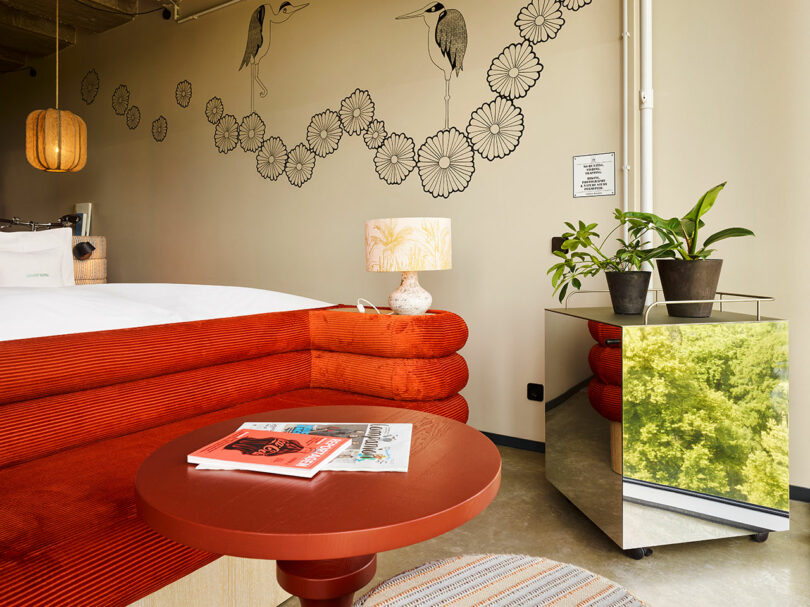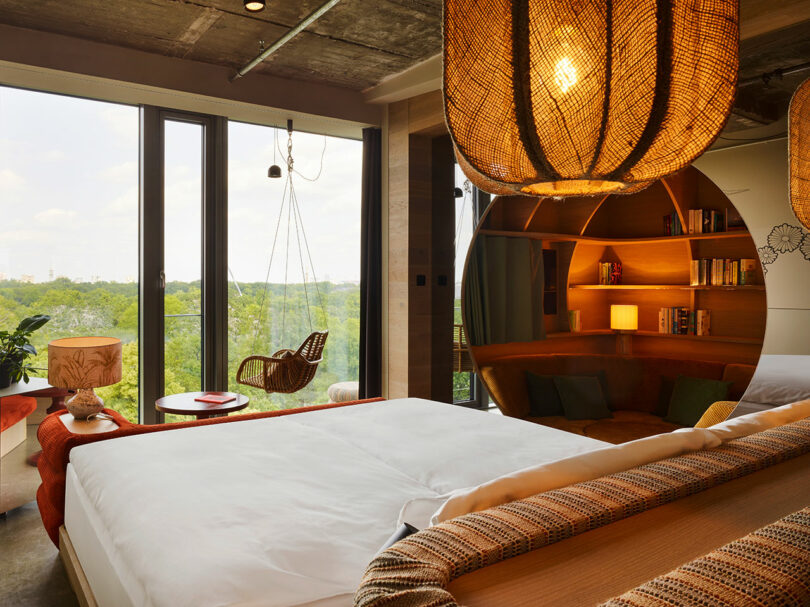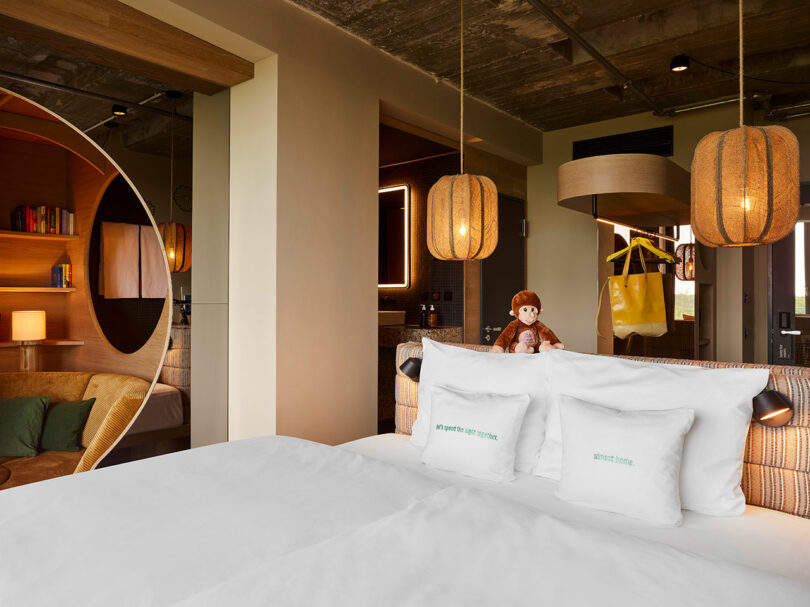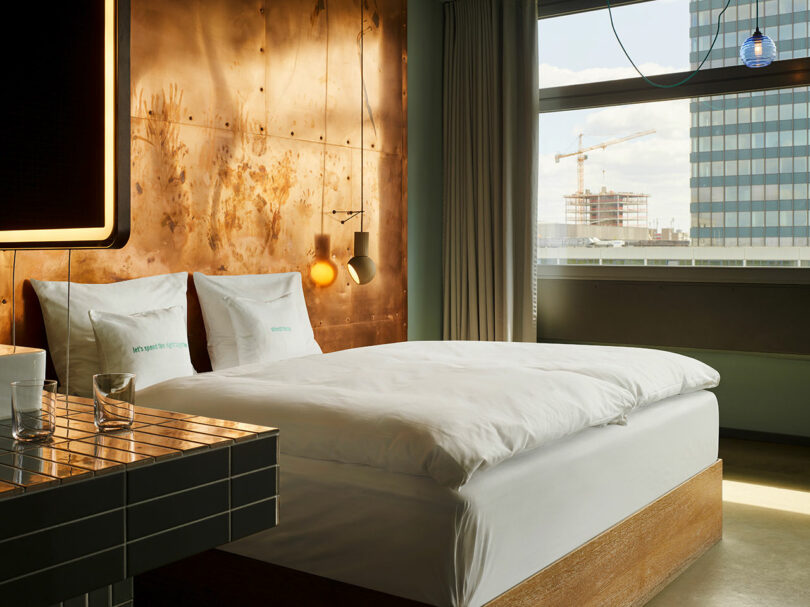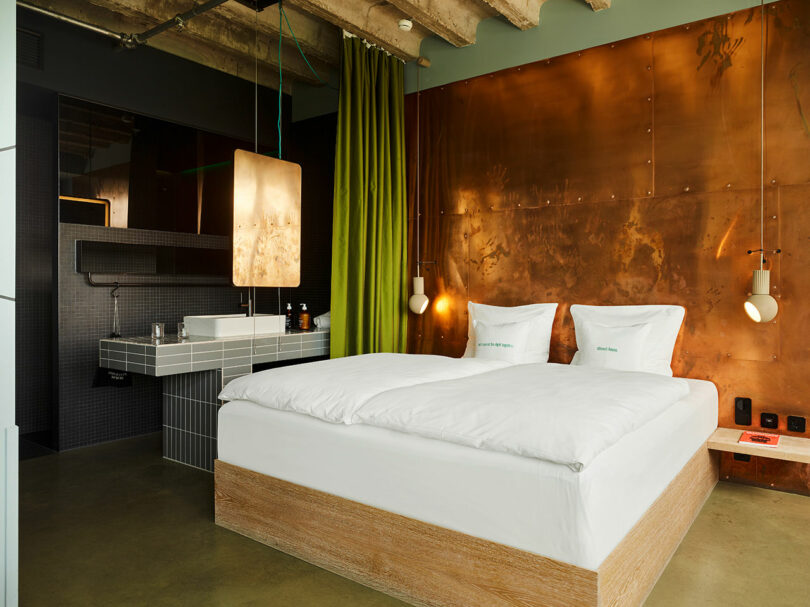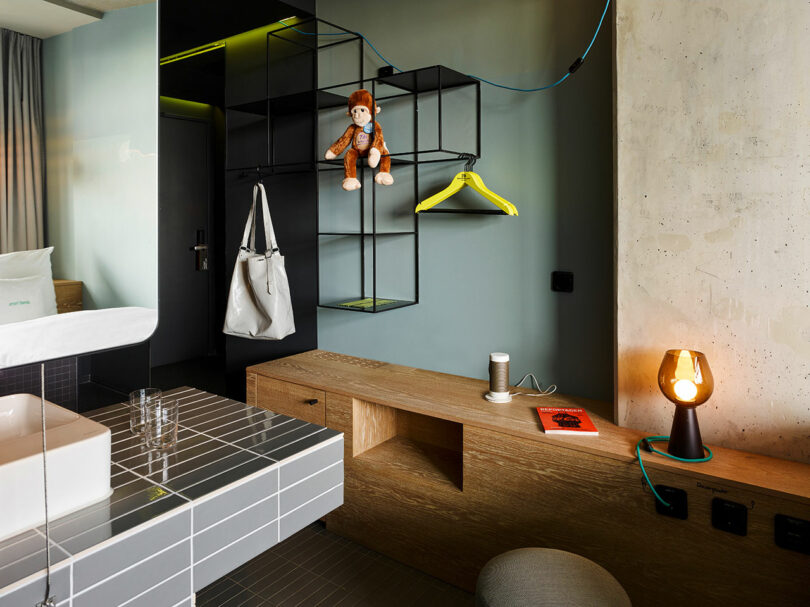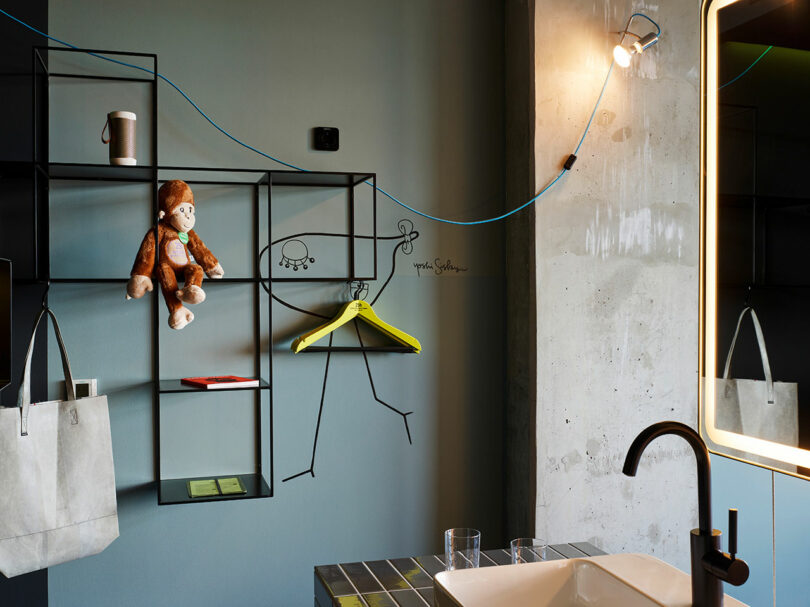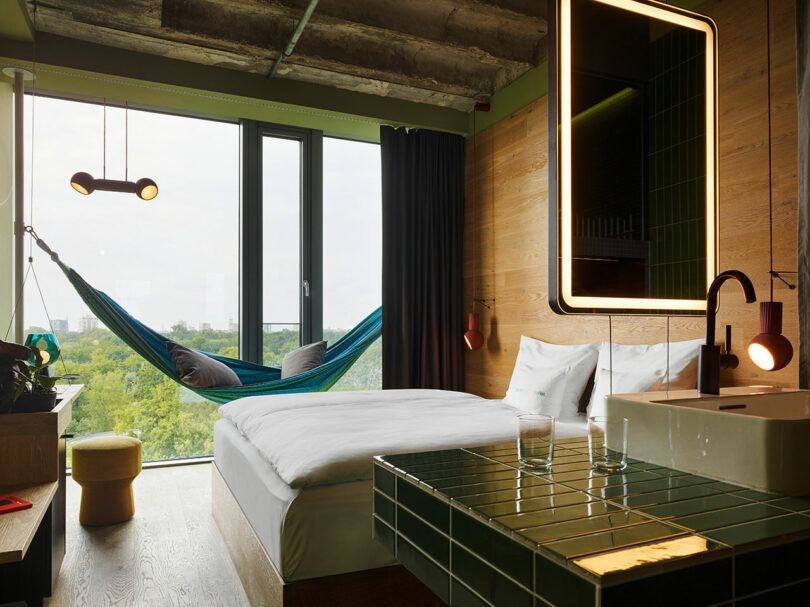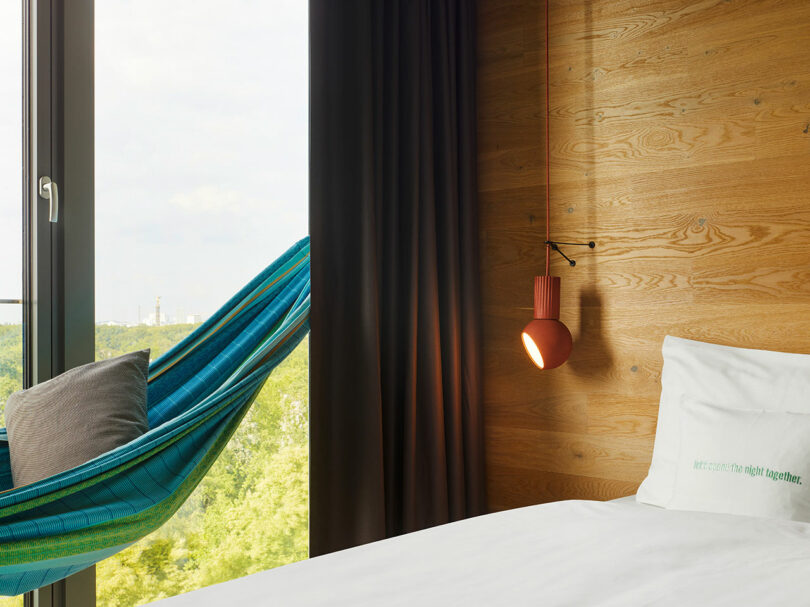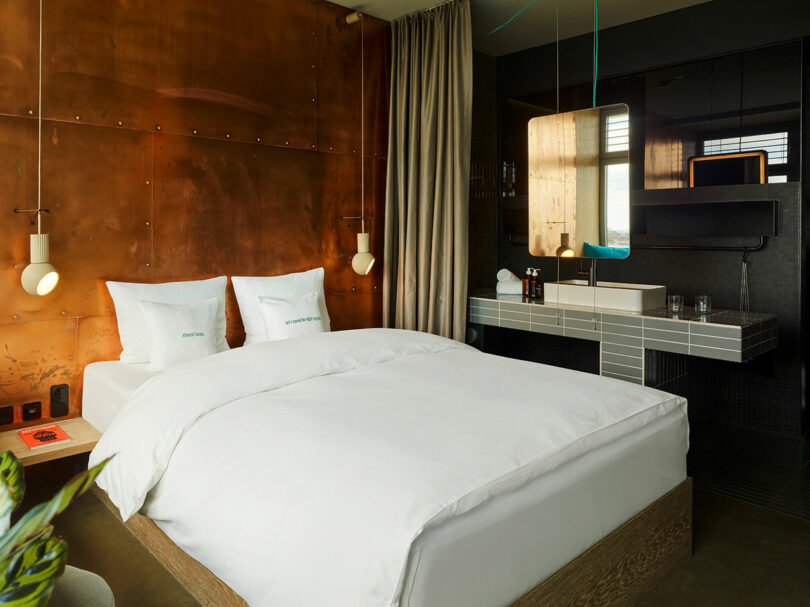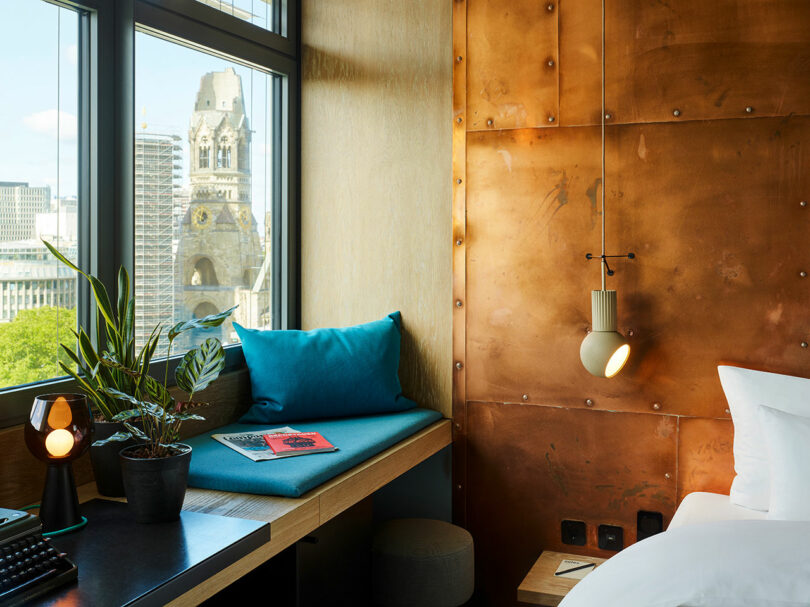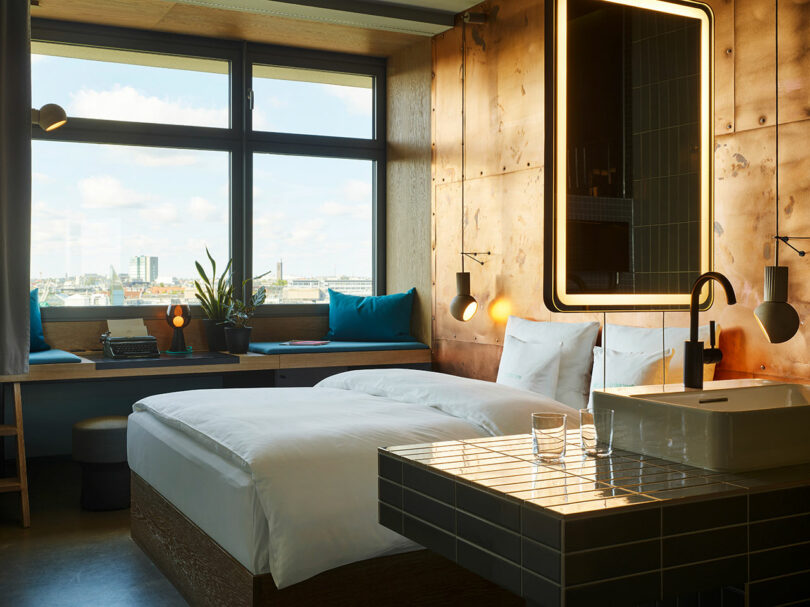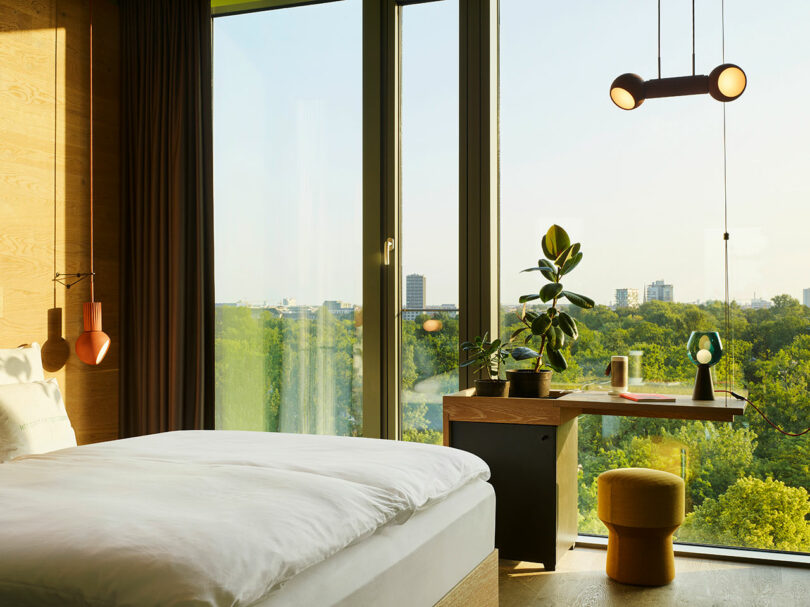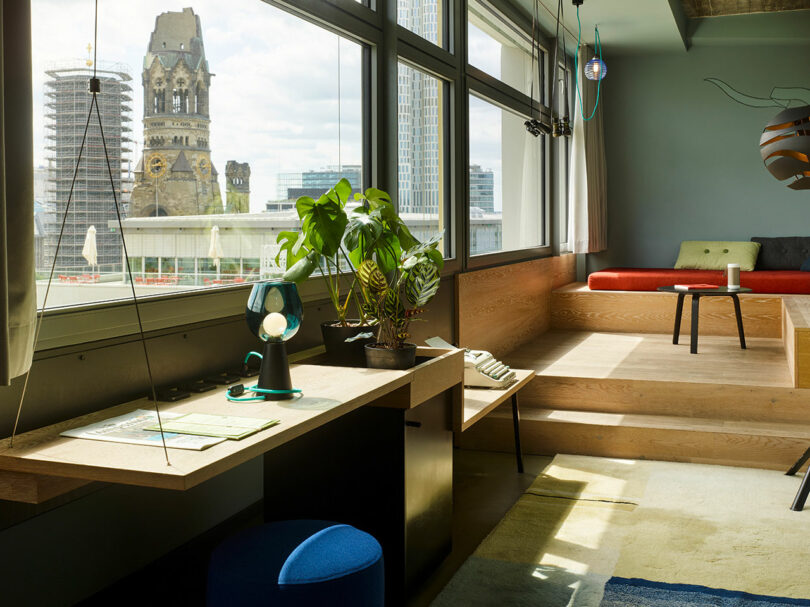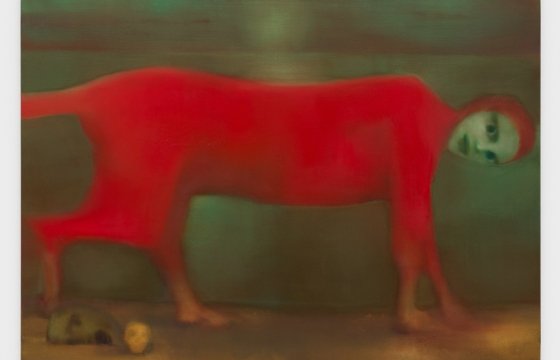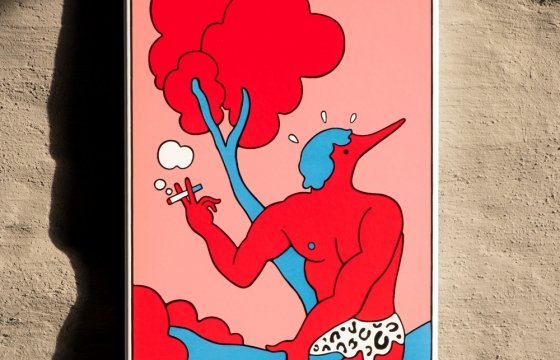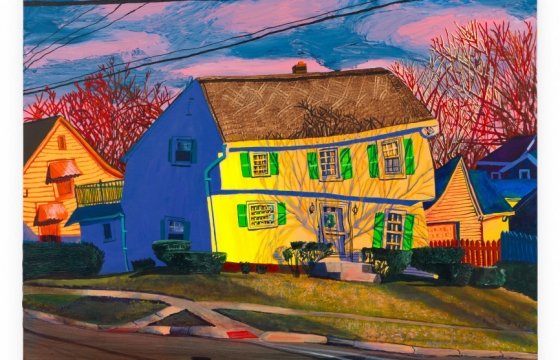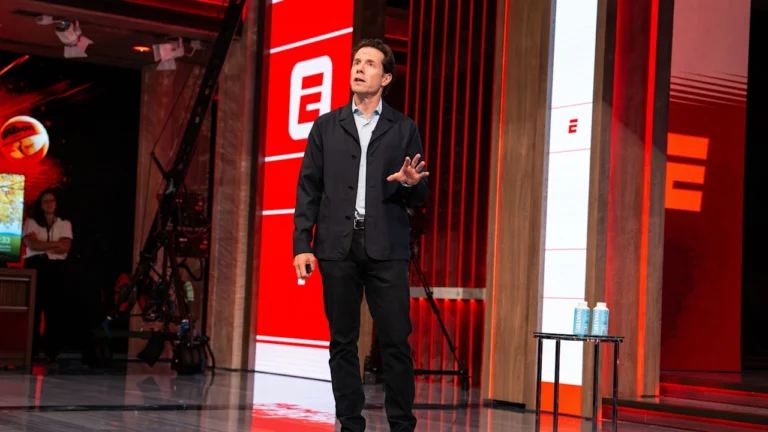
Interior design trends evolve over time and not just in terms of finishes, fixtures, and furnishings. The way in which rooms are laid out and meet the demands of the day change too. In the past 10 years, integrated technology has become far less conspicuous. Architecture is now largely concerned with site-responsiveness and well-being rather than just jarring aesthetic statement-making. There have even been innovations in the dynamic use of material and stylistic flourish as well. The expectations for hospitality spaces – in particular – have also become far more exigent and complex.
Recently tasked with the retrofit of the 25hours Hotel Bikini Berlin – the groundbreaking hotel he and his team originally designed in 2014 – prolific German designer Werner Aisslinger was presented with the rare chance of revisiting an old project. Not only that, he was able to mark the epochal shifts mentioned above and introduce comprehensive upgrades accordingly. As demonstrated in this unique endeavor, it isn’t just interior design that has evolved in the past decade but also the practice’s approach. The result is not a complete overhaul, gut renovation, but rather a perfecting of what was already in place.
“The 25hours Hotel Bikini is a cult location within Berlin and on the global hospitality scene because it has never lost its appeal and charisma as an unconventional creative hub,” Aisslinger says. “Even today, eleven years after it opened, there are still queues on the street every evening to get into Monkey Bar or the NENI restaurant or the 10th floor. Nevertheless, everyone involved is naturally keen to maintain this cult status and ensure that design optimizations and new concepts keep the hotel as unique and popular as ever.”
On this second “pass,” particular attention was placed on the 22 Large Urban and Large Jungle guestrooms. While beds were moved to the center of these accommodations to better frame from the adjacent zoo and expansive Tiergarten Park, an intimate – almost biophilic – palette of colors and materials layered over the somewhat rudimentary Neo-Grunge industrial look fashionable a decade ago. A nuanced amount of ornamentation has also re-entered the picture.
“Our latest design interventions play with the contrast between the rough exterior of the building and the cosy corners that have been added,” Aisslinger adds. ”Innovative fabrics have been used, along with sustainable upcycled building materials such as natural bricks, upcycled cork and rattan, as well as mirrored surfaces that reflect the city into the rooms.”
Still holding fast to the 25hours brand’s eclectic and bold visual identity, Aisslinger and his team developed a custom 13-foot lamp out of kilim carpeting, produced in partnership with Italian brand Moroso. A more holistic lighting scheme was implemented in medium tier guestrooms.
Reuse was another central feature of the project, especially in the reconfiguration of bathrooms. With light now primarily emanating from vanity mirrors, shower trays and bathtubs were removed, refurbished, and then reinstalled. This revolutionary approach further emphasized the improvement over complete replacement approach.
An enduring hot spot for locals and visitors alike, 25hours Hotel Bikini Berlin has been rejuvenated in accordance with the German capital’s own evolution.
What: 25hours Hotel Bikini
Where: Berlin
How much: $142
Design draws: A refreshed, additive interior design intervention of the popular zoo-adjacent hotel favoring a more intimate and mature design vocabulary with nuance ornamentation and reused elements.
Book it: 25hours Hotel Bikini
Go virtually on vacation with more design destinations right here.
Photography by Stephan Lemke.

